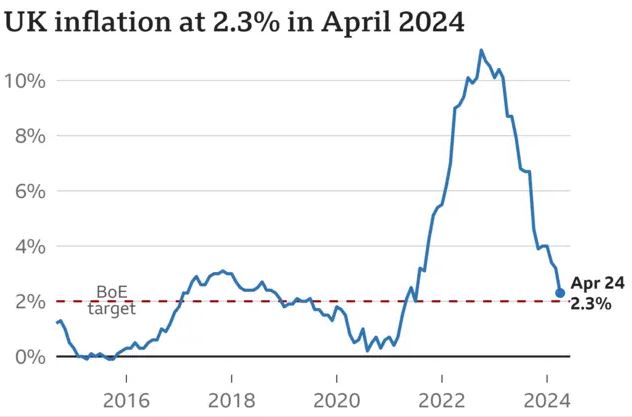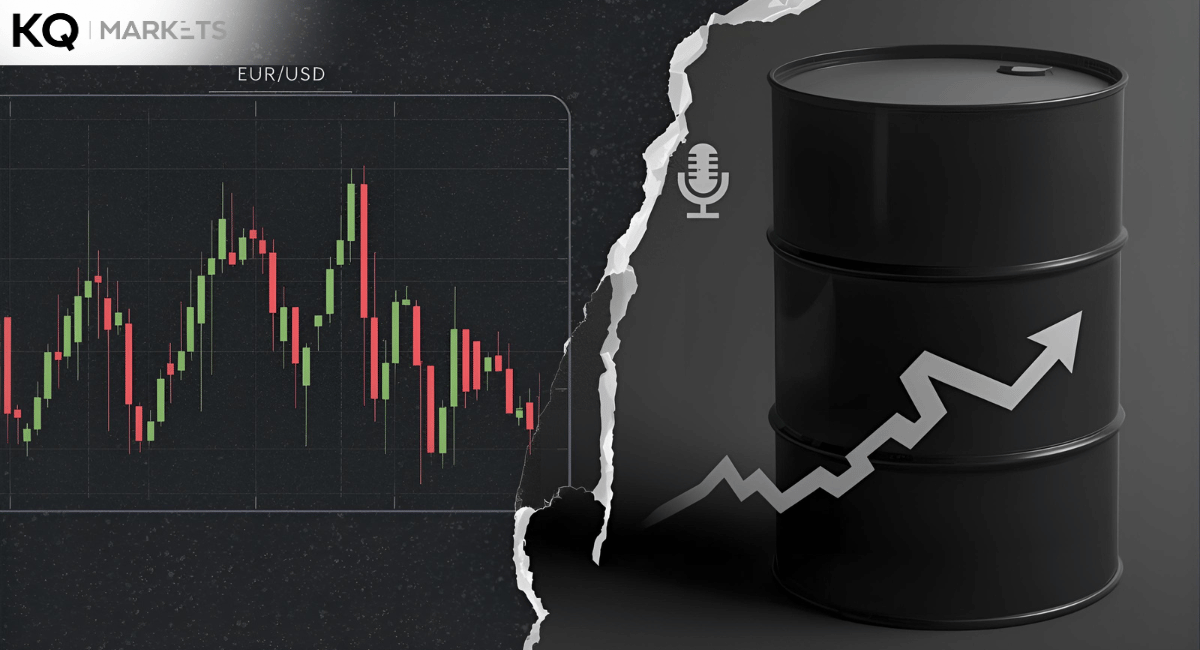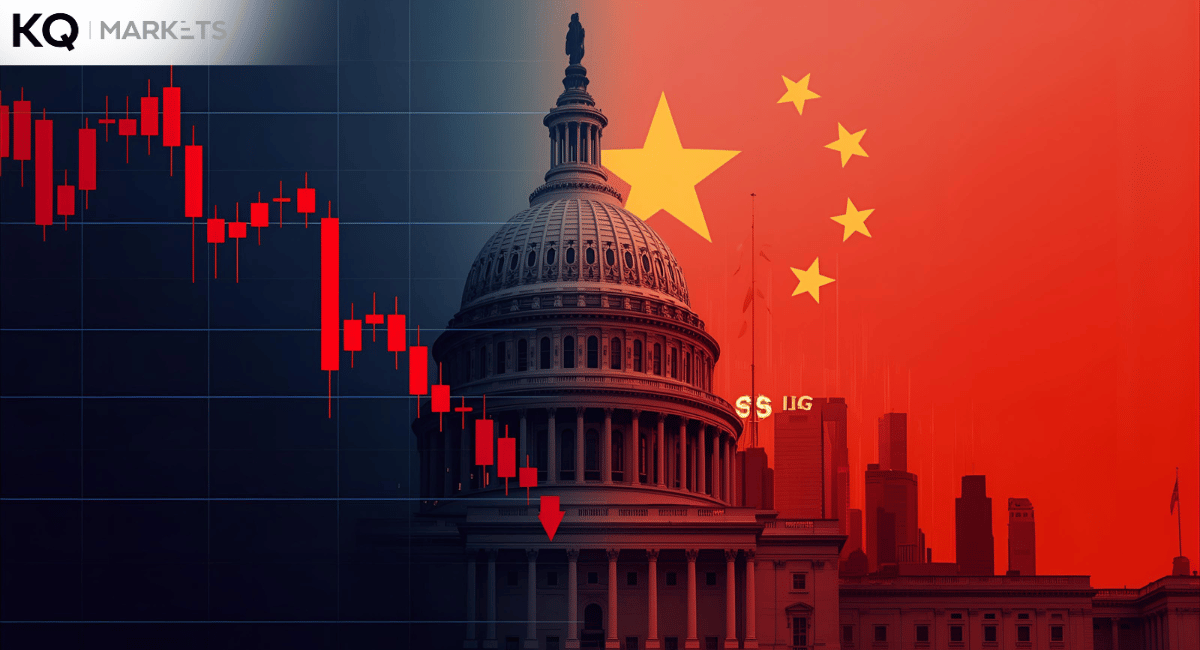Updates indicate that UK inflation for the May 2024 report will likely meet the 2% target, down from 2.3% in April. Overall, the report comes amid efforts to attain the 2% UK inflation target after it soared to double digits in 2023. This post uncovers the UK’s economic stability ahead of the general election on July 4th.
2% UK Inflation Target Overview
Policymakers will likely achieve the 2% UK inflation target in the May 2024 report. Analysts believe the official inflation figures from the Office for National Statistics on Wednesday will slow from 2.3% in April to a 2% consumer price rise in May.
The updates come after successful measures to stabilize the consumer price index, which rose to 11.1% in the past years. In general, the Bank of England set the interest rates at 5.25% but indicated 3.9% in April and 3.5% in May. The projections reflect growing financial stability and GDP amid a 5.9% service sector inflation.
Factors Fueling the 2% UK Inflation Target Achievement
Attaining the 2% UK inflation target reflects effective economic adjustments and monetary tightening policies from the central bank. It demonstrates the adjustment in interest rates and core CPI. This section uncovers factors contributing to the milestone.
- Sectoral Impact
The UK requires broader financial strategies for sustainable economic growth ahead of the July 4th general election. Policymakers achieved the 2% UK inflation target due to varied sectoral impacts. The UK's economic growth grapples with sector-specific inflation pressures in industries like services, which stand at 5.9%.
- Economic Analysis
Therefore, comprehensive economic analysis helps UK policymakers to make informed decisions and ensure sustainable financial strategies amid ongoing global uncertainties. Thus, the Bank of England has implemented strategic monetary tightening policies that have helped it attain the 2% UK inflation target despite lingering financial uncertainties.
Impacts of Achieving the 2% UK Inflation Target

Attaining the 2% UK inflation target reflects a decrease from 2.3% to 2%. What are the likely impacts of this inflation decrease on the political aspects, interest rates, monetary policies, and global contexts? Here are the effects of the achievement.
- Global Context Comparative
Successful efforts to achieve the 2% UK inflation target mark a significant milestone amid varying inflation trends in the Eurozone and the US. In any case, the Federal Reserve and the European Central Bank adjusted their core inflation projections.
- Monetary Policy & Rates
The UK interest rate is 5.25%, but the Bank of England has projected a decline to 3.9% in April and 3.5% in May. The trend reflects policymakers' efforts to manage inflation and ensure sustainable economic growth. Yet, the inflation rate of services is at 5.9%.
- Political Implications
Attaining the 2% UK inflation target plays a crucial role in the July 4th general election. Overall, the Conservative Party, through Prime Minister Rishi Sunak, highlights the achievement of the inflation rate in its economic management campaign.
Wrapping Up!
Attaining the 2% UK inflation target in May 2024 could symbolize policy efficiency in economic management. Above all, it impacts broader financial stability, political campaigns, sustainable economic growth, and the monetary policy committee.





